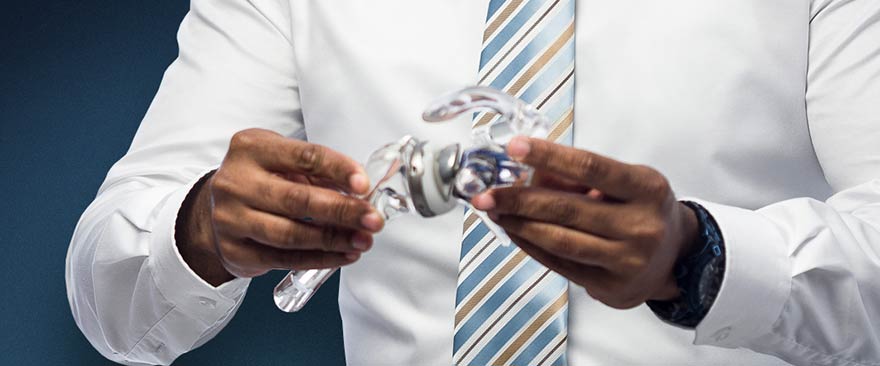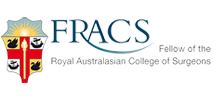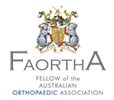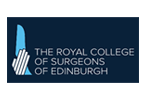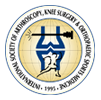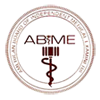Subacromial decompression is a procedure to treat a condition called 'subacromial impingement', also known as shoulder impingement. 'Acromion' is the medical term for the outer edge of the shoulder blade (scapula), and subacromial impingement is where the bursa and tendons underneath the shoulder blade cause pain when the arm is raised up to or above shoulder height.
It can be caused by either inflammation of (or a tear in) the tendons of the rotator cuff, or inflammation of the subacromial bursa, which is a fluid filled sac that reduces friction in your shoulder when moving your arm.
Impingement syndrome is initially managed with analgesics, activity modification or restriction, physiotherapy and subacromial corticosteroid injections. If symptoms are severe or/and non-operative management fails, surgical options may be considered.
Adelaide Shoulder and Knee surgeon Dr Sunil Reddy specialises in Joint Replacement and arthroscopic surgery of the shoulder. He accepts workers’ compensation and third-party claim injuries / conditions of the shoulder and knee and strives for your optimal recovery and return to sport / work.
Procedure
The procedure is normally carried out under general anaesthetic with the addition of a nerve block.
Arthroscopic subacromial decompression is keyhole surgery where 3-4 small (about 7-10mm) incisions are made in the skin around the affected area. The front edge and prominent part of the acromion is removed as well as the subacromial bursa. Lateral end of clavicle also may need excision if the acromio-clavicular joint is arthritic and painful. This is to give more space to the rotator cuff tendons and stop any friction between them and the bone structure.
If required, other components of the shoulder musculature, such as the rotator cuff tendons, may be repaired at the same time (although this may sometimes require the operation to change from a keyhole arthroscopic procedure to a mini-open surgery).
After the procedure is complete, the incisions are closed using sutures.
The operation generally takes around 60 minutes. You would usually stay overnight at the hospital though it can sometimes be performed as a day surgery procedure.
Specific Risks and Complications
Dr Reddy will explain the benefits, risks and complications of a Shoulder replacement in the Clinic to help you make an informed decision regarding your surgery.
Shoulder arthroscopic surgery carries the possibility of complications such as infection, bleeding or possible damage to nerves or blood vessels. Postoperative stiffness can occur and Dr Reddy will advise you regarding ways to prevent the same and its management.
Post-operative recovery and rehabilitation
Dr Reddy as well as the Physiotherapist will see you on day 1 following surgery and demonstrate exercises to be performed at home as well as advise on things to do and not to do.
It is important that you follow the advice and rehabilitation guidelines to give yourself the best chance of recovery and an optimal outcome.
- You would likely have a regional / nerve block for pain management apart from a general anaesthetic.
- You would usually stay overnight.
- Please take regular pain medication as advised.
- Apply Ice packs 3-5 times, for 10 min each time for the first two weeks.
- You will need to wear the sling for 10-14 days, but remove it thrice daily for 15-20 minutes each time to perform exercises.
- Please remove the sling for a shower, resting your arm by the side. The dressings are water proof.
- Complete recovery can take 3-4 months, but you would usually feel significant improvement in symptoms after the first week.
- After 2 weeks – You can come out of the sling to perform all activities as tolerated. Progress with exercises as advised by your therapist.
- Strengthening exercises usually start after 6 weeks following surgery
- Avoid lifting weights and push-pull movements for 3 months following surgery. The goal is to gradually achieve normal range of movement and strength of the shoulder over a 3-month period.
- Driving is permitted once you come out of the sling and have achieved good control of the arm and a pain-free status. This is usually by the 2-4 week postoperative period.
- You will need to wait a while before taking up sports again - you can begin breaststroke swimming again when comfortable, but you are recommended to avoid the freestyle stroke for at least 12 weeks.
- You can start jogging as soon as pain free, usually by 2 weeks.
- Golfers can start playing again six weeks after the operation.
- Please follow your therapist’s advice regarding exercises, also download and view the attached rehabilitation protocol (below).
Download Shoulder surgery rehabilitation protocol (PDF)
Related Topics
Rehabilitation guidelines for Arthroscopic subacromial decompression with or without ACJ excision
